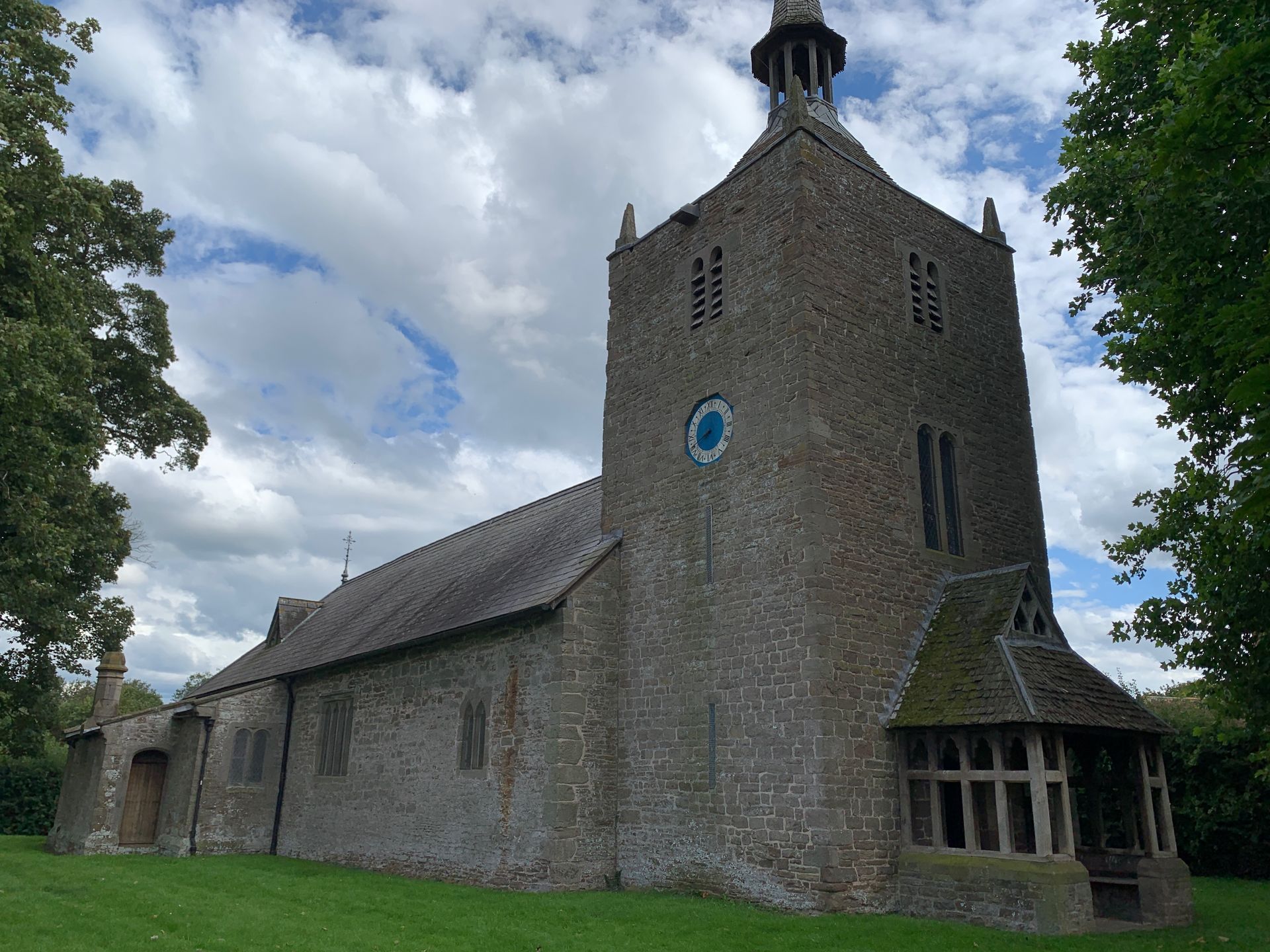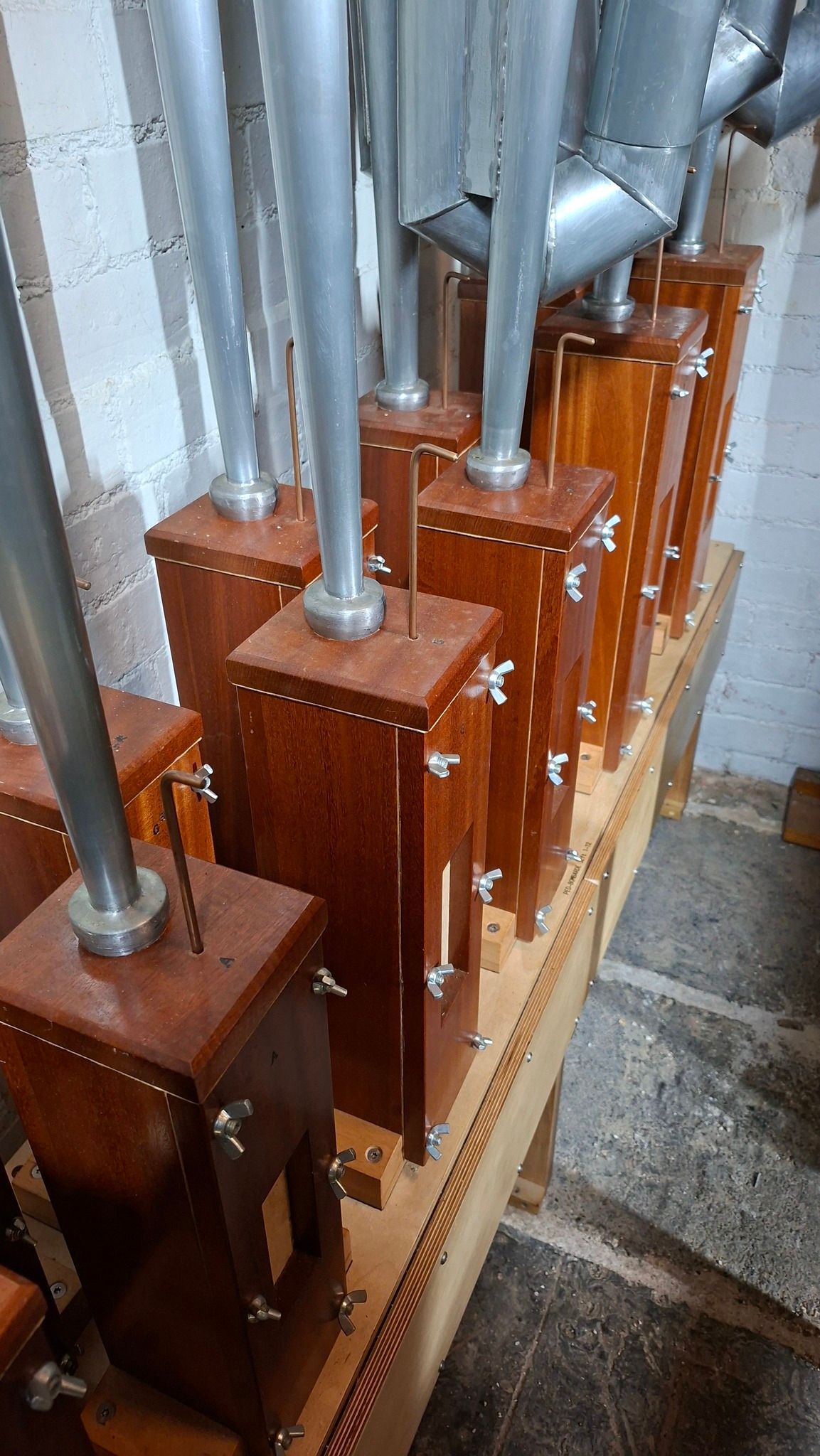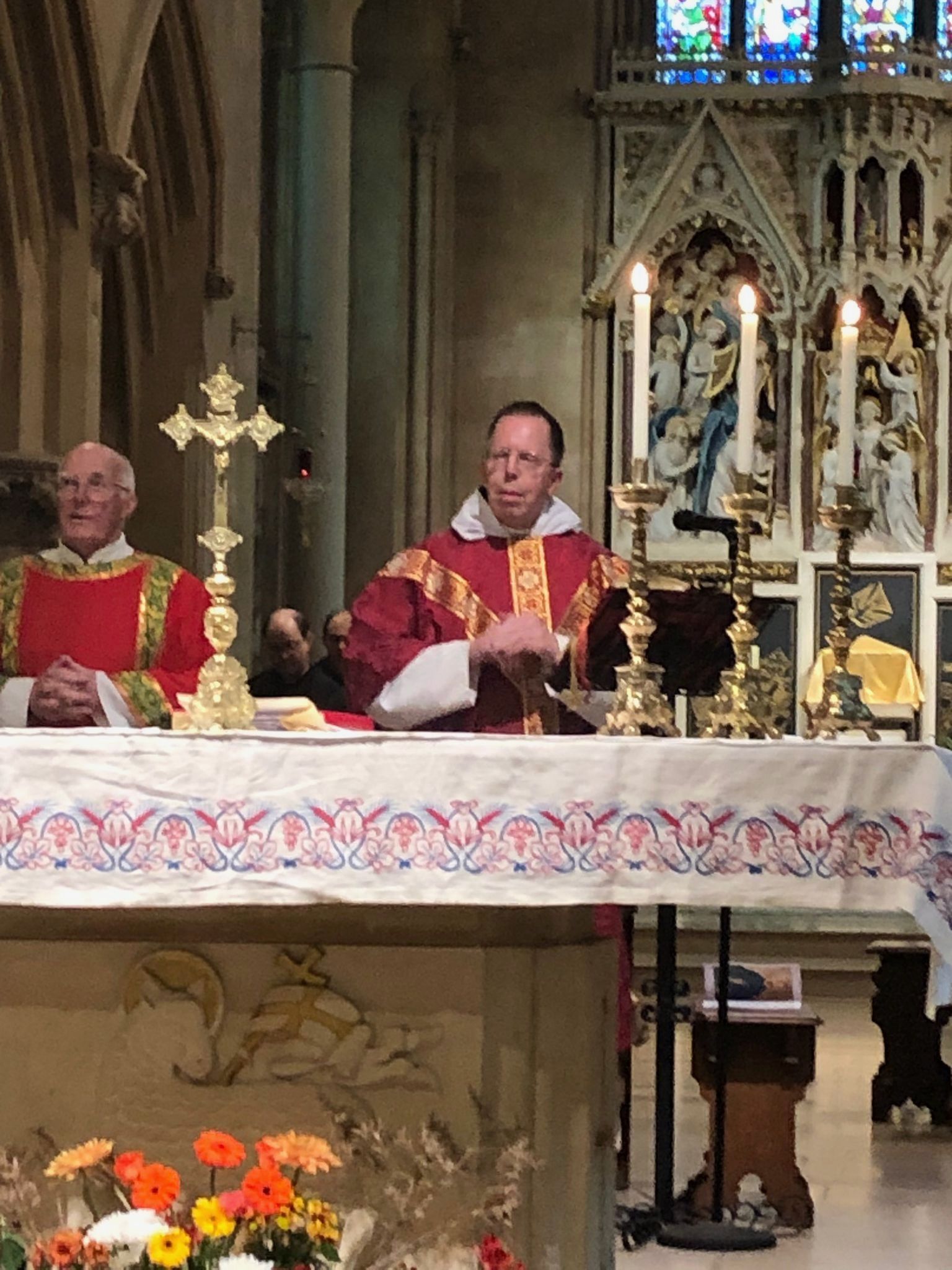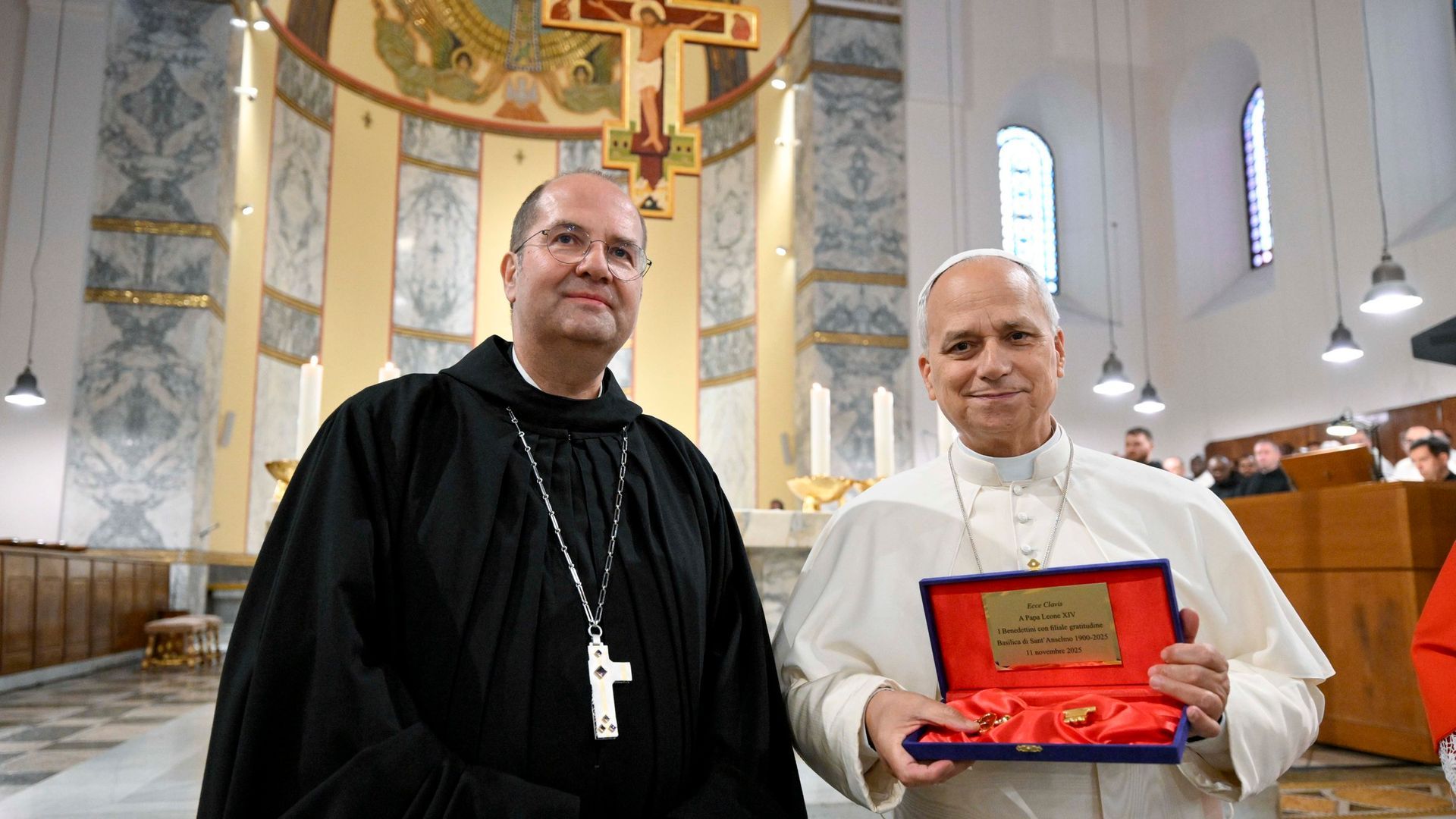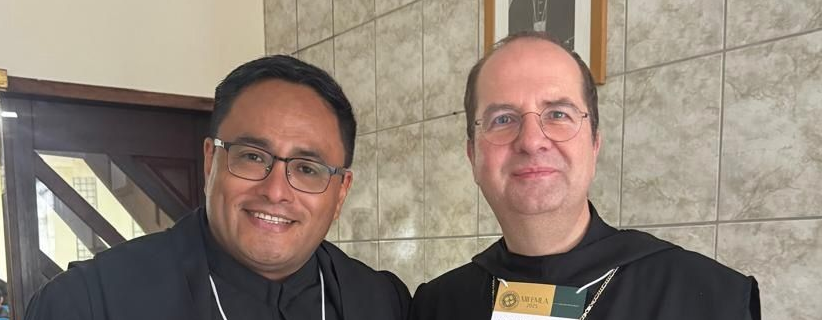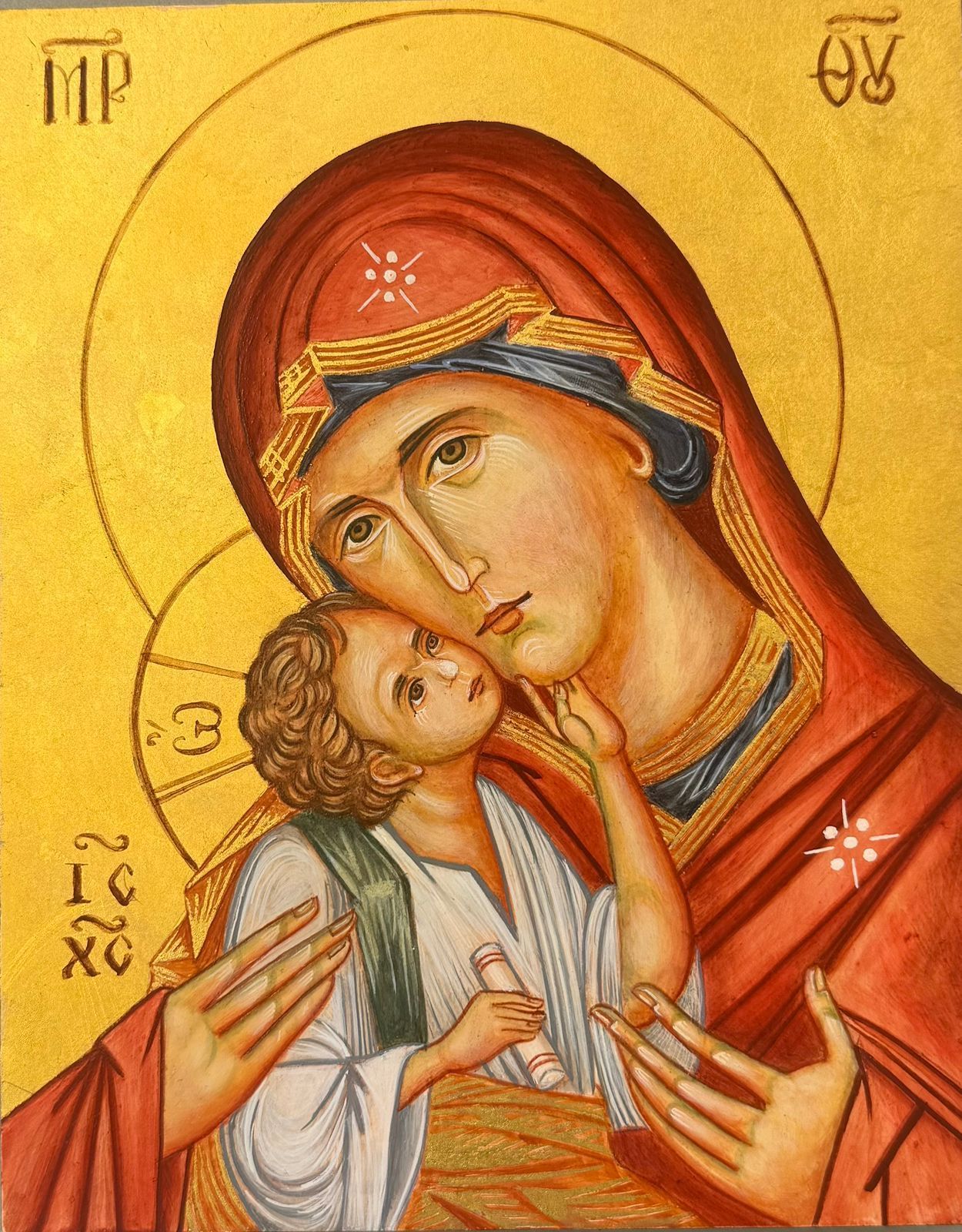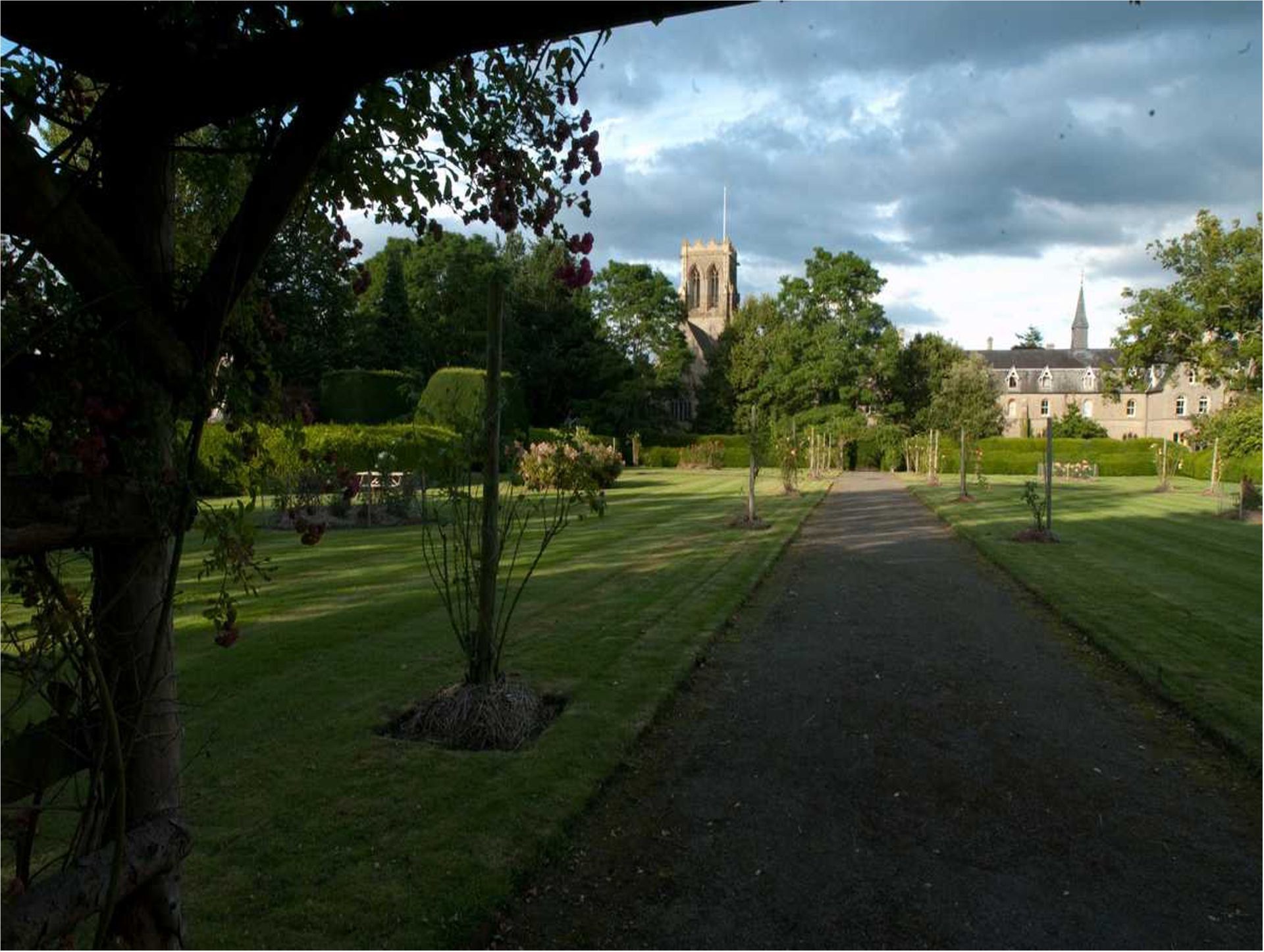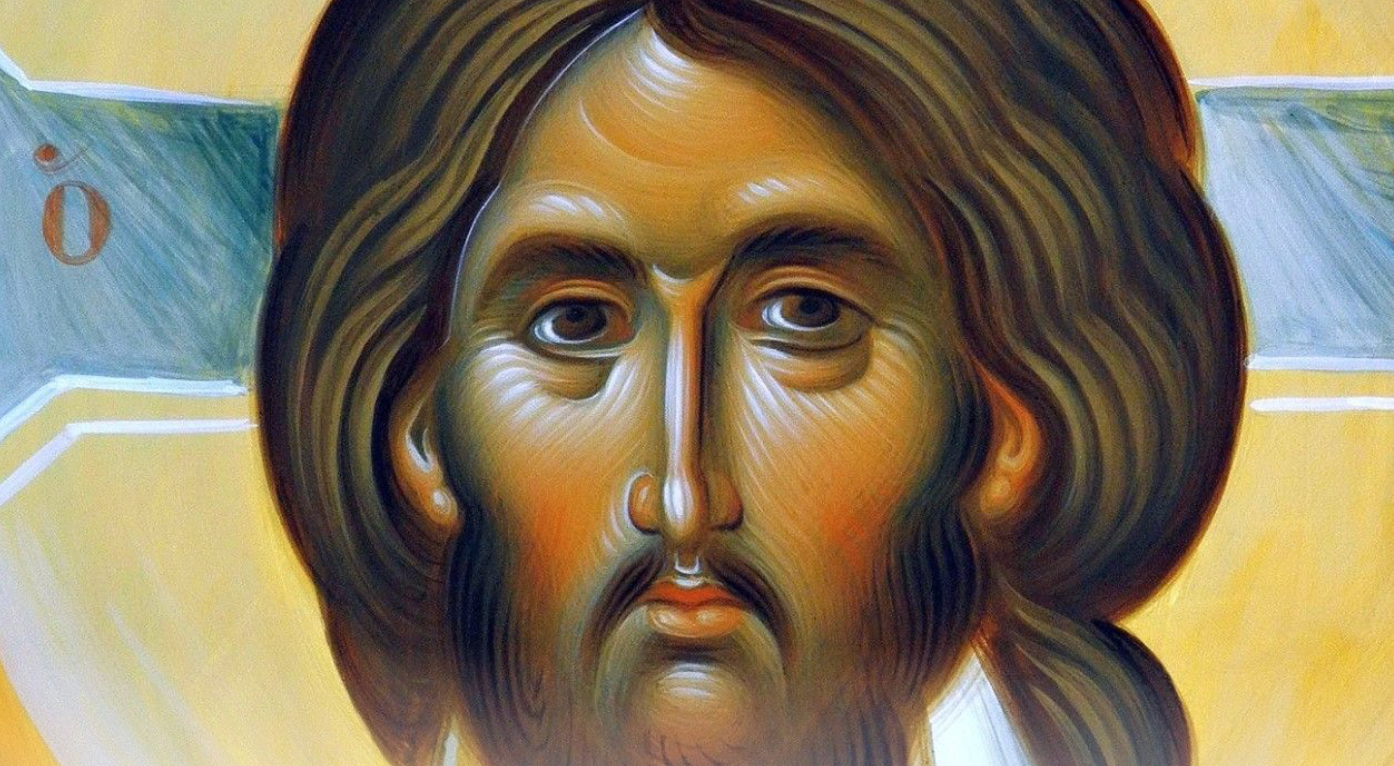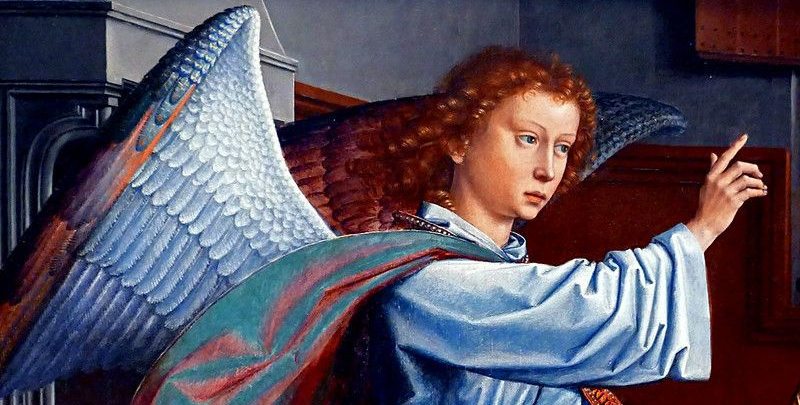Assumption and VJ Day
"A hymn to the human body." Abbot Brendan's Homily at the annual Mass celebrated at Rotherwas Chapel in Hereford that dates from the 1580s on the feast of the Assumption.
Seventy-five years ago, more than a million and a half people travelled to Rome for the Holy Year of 1950 — what was called the biggest conversation a pope had ever had with the world. Its climax came on 1st November, when Pope Pius XII proclaimed the dogma of the Assumption.
This was not a new belief pulled out of the hat — churches had been dedicated to the Assumption since the 4th and 5th centuries, and it the feast had long been celebrated in the Church’s liturgies. The Pope was not inventing a doctrine, but defining and protecting a truth already held in the Church’s heart: that Mary, at the end of her earthly life, was taken body and soul into the glory of heaven.
But why, then, in 1950, was this definition made? And why, when some people said it didn’t help with ecumenism, was it greeted with such enthusiasm and joy in the Church, something that we might have forgotten?
The world was still reeling from two world wars. Writing in Life magazine, Graham Greene reflected that, yes, the new dogma would help the devotion of millions. “Devotion means simply an expression of love and if we love enough, even in human terms, we gain courage.” But that would not be reason enough.
No, he said, the proclamation came at a time when the “general heresy” of the age was “the unimportance of the individual,” the devaluation of human life. In the wars, the human body had come to be regarded as expendable — to be destroyed wholesale by bombs, to be buried in anonymous graves, or vaporised in Hiroshima. How poignant that today is VJ day, and we mark the end of the Second World War, the deadliest conflict in history, involving over 60 countries and causing the deaths of around 70 million people. We cannot forget the courage of the brave, and sacrifice of so many.
Rotherwas knew its share of sacrifice for the war-effort. Although it was a beautiful estate of the Bodenham family, when the house was demolished and the land was sold. In World War I twelve munitions factories were built. six thousand people worked there, four thousand of them were women some sleeping in tents and sheds. Women worked with toxic substances - the so-called 'canary girls' - something sad and terrible. Likewise in World War II when it was bombed.
Against this backdrop of war the Assumption proclaimed again the dignity and destiny of every human person with a feast foreshadows the Resurrection of each one of us.
Pope Pius XII lifted the eyes of a wounded generation and declared a truth that runs against the spirit of every age that devalues life: our bodies, as well as our souls, are destined for glory. The beauty, greatness and dignity of the human body was being proclaimed. Pope Pius wrote, “We may hope that those who meditate upon the glorious example Mary offers us may be more and more convinced of the value of a human life.”
Reflecting on this, Joseph Ratzinger, later Pope Benedict, said the Church’s response in 1950 was “a hymn to the human body, with praise of the body… bolder and more far-reaching than anything people outside the faith would have dared say.” The Church delighted in intoning a hymn to the earth and the earth’s glory.
You see the paradox of this feast is that while it makes us look to heaven, where Mary is living the full fruits of the Resurrection, this dogma is an affirmation of the earth, of the final destiny of all living beings. In an age intoxicated with its own technological progress, the Church was proclaiming the progress of all flesh, the endless future of man.
It was, as Graham Greene said, the history of Mary that gives clarity to this doctrine. This humble woman of Nazareth, a nobody in the world’s eyes, shows us our destiny, gives the world hope. “He has looked on the humble estate of his servant: from now on all generations will call me blessed.”
The art of the Assumption often shows Mary being lifted up into the heavens on clouds and angels wings. These images are beautiful but the reality is something greater. Heaven is more than a place beyond the stars but a life in God’s love.
Again, to quote Joseph Ratzinger “Our eternity is based on his love… This love guarantees our immortality, and it is this love that we call ‘heaven’.”
The Assumption tells us that who we are — body and soul — matters eternally to God. “Every hair of your head is counted.” We can delight in this world, because it is God’s world and destined to be made new.
When today we still refuse to learn the lessons of war, when hundreds of thousands are going to their death in Ukraine, and tens of thousands killed in Gaza the church repeats a desperate cry for peace. We must pray that a way to peace is found today in Alaska. And in in the face of every modern denial of life’s value, we rejoice in the God who lifts up the lowly, who honours the body, and promises for us what he has done for Mary.
As St Paul prays with the Ephesians: “Glory be to him whose power, working in us, can do infinitely more than we can ask or imagine; glory be to him from generation to generation in the Church and in Christ Jesus for ever and ever. Amen.”

